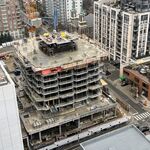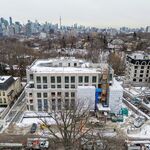superelevation
Active Member
I find it funny when people complain about the SRT transfer to the subway, little do they know the province intends on creating another replica of the exact same transfer procedure with the Ontario Line and Eglinton Crosstown.
Actually, the Ontario/Eglinton Line transfer will probably been even worse since the Eglinton line is even deeper.
Honestly the transfer at Kennedy isn't bad, especially using the long escalator.




